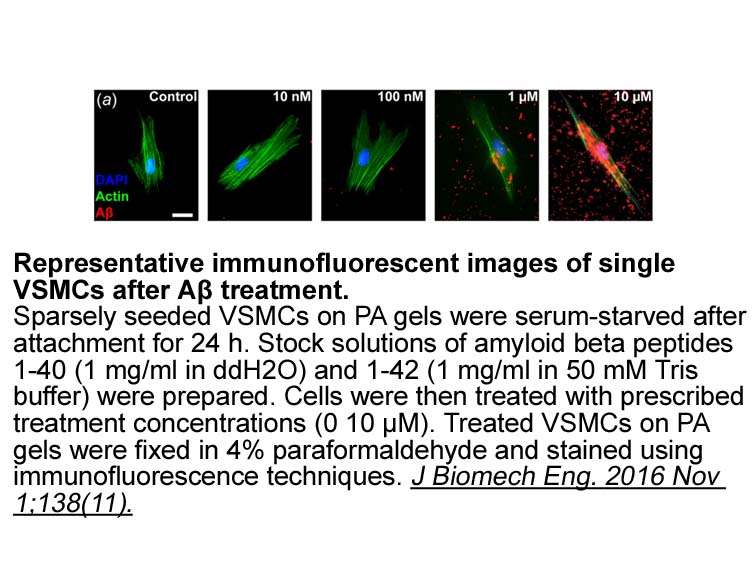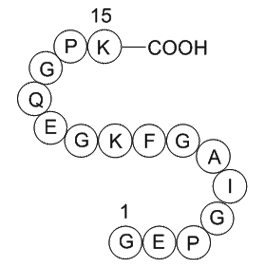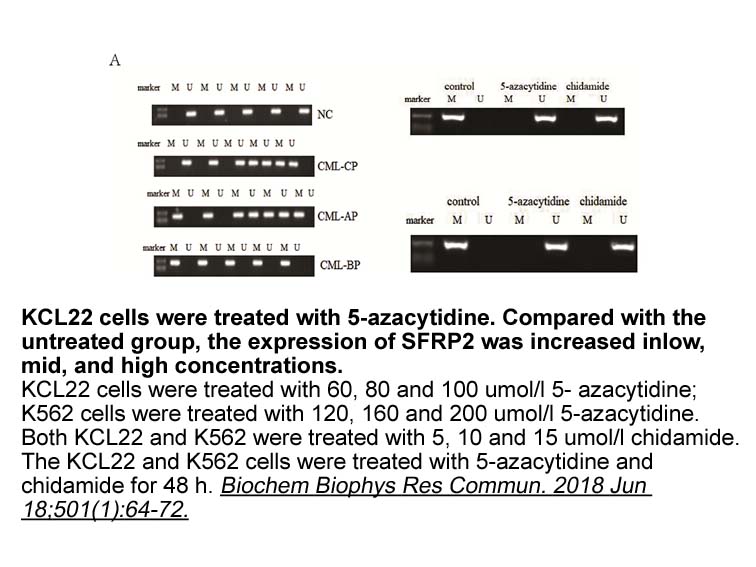Archives
- 2025-12
- 2025-11
- 2025-10
- 2025-09
- 2025-04
- 2025-03
- 2025-02
- 2025-01
- 2024-12
- 2024-11
- 2024-10
- 2024-09
- 2024-08
- 2024-07
- 2024-06
- 2024-05
- 2024-04
- 2024-03
- 2024-02
- 2024-01
- 2023-12
- 2023-11
- 2023-10
- 2023-09
- 2023-08
- 2023-07
- 2023-06
- 2023-05
- 2023-04
- 2023-03
- 2023-02
- 2023-01
- 2022-12
- 2022-11
- 2022-10
- 2022-09
- 2022-08
- 2022-07
- 2022-06
- 2022-05
- 2022-04
- 2022-03
- 2022-02
- 2022-01
- 2021-12
- 2021-11
- 2021-10
- 2021-09
- 2021-08
- 2021-07
- 2021-06
- 2021-05
- 2021-04
- 2021-03
- 2021-02
- 2021-01
- 2020-12
- 2020-11
- 2020-10
- 2020-09
- 2020-08
- 2020-07
- 2020-06
- 2020-05
- 2020-04
- 2020-03
- 2020-02
- 2020-01
- 2019-12
- 2019-11
- 2019-10
- 2019-09
- 2019-08
- 2018-07
-
In fact serotonin is a major modulator
2024-10-19

In fact, serotonin is a major modulator of dopaminergic (DA) neuronal activity through the 5-HT2C receptor. Studies have shown that the selective 5-HT2C receptor agonist Ro60-0175 blocks the burst-firing of mesolimbic DA neurons, which project from the ventral tegmental area (VTA) to the nucleus acc
-
br Conclusion To conclude it
2024-10-19

Conclusion To conclude, it would be fair to say that the research efforts on FLAP inhibitors for intervening with LT biosynthesis have reached to a considerably advanced state during the last decade as a result of growing interest from both pharmaceutical industry and academia [4], [37], [38]. Du
-
The consensus amino acid recognition sequence for p substrat
2024-10-19

The consensus amino ubiquitin e3 ligase recognition sequence for p38α substrates is (Ser/Thr)Pro (Cuadrado and Nebreda, 2010), typically assisted by upstream docking motifs (Remenyi et al, 2005, Sharrocks et al, 2000). P450c17 has 32 Ser and 25 Thr residues, of which only Thr 341 and Ser 427 are imm
-
Having taken a step back from affinity to gain
2024-10-19

Having taken a step back from affinity to gain better exposure and solubility, we started work to replace the unstable oxazolinone, and address the selectivity over the hERG channel. Keeping in mind the binding mode of the series from crystal structures, triazole was identified as another mildly aci
-
Zhang et al screened three thousand compounds library and fo
2024-10-19

Zhang et al. screened three thousand compounds library and found two active 3,5,6-substituted indolin-2-one molecules. Further, they designed various derivatives of this scaffold and among them compound 23 from the series was found active with 1.8 μM on Aurora-B kinase luminescent assay [53]. Jeffe
-
In the last decade the zebrafish has
2024-10-19

In the last decade, the zebrafish has emerged as a valuable vertebrate model to systematically dissect the genetic underpinnings of both vertebrate heart development and function [8,9], as well as distinct cardiac diseases such as congenital heart disease [10], cardiomyopathies [11,12] and cardiac a
-
Demonstration of in vivo efficacy of potential chemopreventi
2024-10-19

Demonstration of in vivo efficacy of potential chemopreventive agents in animal models is necessary for their clinical development. Our present study provides experimental evidence that CuB 0.1μmol by oral administration (for 2weeks before the cancer cell injection, 5days per week) significantly inh
-
LY 255283 When skeletal muscle ages there is an increase in
2024-10-19

When skeletal muscle ages, there is an increase in frailty, which is coincident with a decrease in muscle mass and function—this condition is called sarcopenia (Cruz-Jentoft et al., 2010). It has been shown that one of the major pathways downregulated at the onset of sarcopenia is the mitochondrial
-
br Acknowledgements This work was
2024-10-19

Acknowledgements This work was supported by the Victorian Government Operational Infrastructure Support Program. KAB is supported by the Mavis Robertson Fellowship from the National Breast Cancer Foundation (NBCF; ECF-16-004), by an NBCF Novel Concept Award (NC-14-011), and by NHMRC project grant
-
NOS is classified into three isoforms endothelial eNOS neuro
2024-10-19

NOS is classified into three isoforms: endothelial (eNOS), neuronal (nNOS), and inducible (iNOS), iNOS is expressed in macrophages (Eisenstein, Huang, Meissler Jr, & al-Ramadi, 1994) and osteoblast-like cells (Riancho et al., 1995) and is involved in the regulation of inflammatory reactions (Eisenst
-
Since ARBs strongly reduce inflammation
2024-10-18

Since ARBs strongly reduce inflammation, it was hypothesized that the protective effects on cognition were the result of reduction of inflammation and amelioration of neurogenic decrease. However, ARB treatment did not normalize increased inflammation and neurogenic loss. For this reason, the protec
-
somatostatin agonist br Materials and methods br Results br
2024-10-18

Materials and methods Results Discussion The novel and central finding of the current study is that endothelial 12/15-LO rather than the monocytic/macrophagic 12/15-LO has a critical role in hyperglycemia-induced leukocyte adhesion and retinal endothelial barrier dysfunction. The following
-
br Mortality and morbidity Alzheimer s
2024-10-18

Mortality and morbidity Alzheimer's disease is officially listed as the sixth-leading cause of death in the United States [208]. It is the fifth-leading cause of death for those age 65 and older [198]. However, it qx 314 may cause even more deaths than official sources recognize. Alzheimer's is
-
That disassembling actin filaments transport chromosomes tow
2024-10-18

That disassembling Pam2CSK4 filaments transport chromosomes towards the spindle in oocytes may be surprising at first sight. On the other hand, it is well established that chromosome movement during anaphase is driven by the depolymerization of microtubules [20]. It will be interesting to investigat
-
Apoptosis or programmed cell death is a function
2024-10-18

Apoptosis or programmed cell death is a function of biochemical mechanisms, which are energy-dependent. It is considered to be a vital component of many processes such as normal cell cycle, immune mechanism, atrophy, embryonic development and toxin-induced cell death (Elmore, 2007). In addition, apo
14539 records 72/970 page Previous Next First page 上5页 7172737475 下5页 Last page